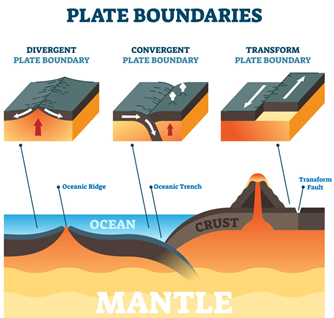

7th February 2023 (7 Topics)
Context
Recently, Turkey witnessed a 7.8 magnitude earthquake which is one of the most powerful earthquakes in the past two decades with more than 1,300 people killed and thousands still believed to be trapped under rubble.
What makes Turkey a hotbed of seismic activity?
- Turkey is frequently shaken by earthquakes.
- Turkey’s proneness to earthquakes comes from its tectonic location.
- Turkey, a hotbed of seismic activity, sits on the Anatolian Plate, which borders two major faults as it grinds northeast against Eurasia.
|
Tectonic plates
|
- The North Anatolian fault, traverses the country from west to east, and the East Anatolian fault, rests in the country’s southeastern region.
- The North Anatolian fault (NAF) line, the meeting point of the Eurasian and Anatolian tectonic plates — is known to be “particularly devastating”.
- The NAF, one of the best-understood fault systems in the world, stretches from the south of Istanbul to northeastern Turkey and has caused catastrophic earthquakes in the past.
|
About Earthquake
|



